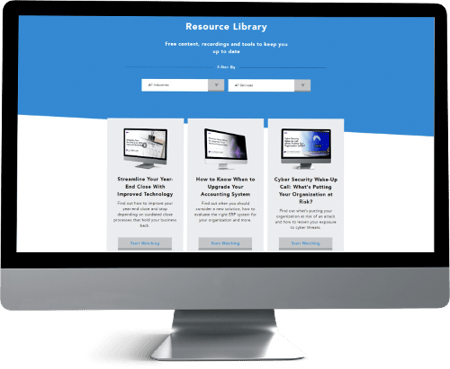If your organization is required to have an employee benefit plan audit, here are four things your plan auditor wants you to know.
Employee Benefit Plan Audit Services
Gross Mendelsohn audits over 35 employee benefit plans, including 401(k) plans, 403(b) plans, defined contribution plans, defined benefit plans, welfare benefit plans and ESOP plans.
We generally work with plan sponsors with less than $50 million in plan assets and 100-500 employees, but have worked with larger plans.
Gross Mendelsohn is a member of the American Institute of CPAs’ Employee Benefit Plan Audit Quality Center, a voluntary membership center for firms that audit employee benefit plans. The Audit Quality Center mandates that members adhere to strict requirements surrounding training, experience and reporting relating to 401(k) plan auditing.
Our membership in the Employee Benefit Plan Audit Quality Center ensures you that all of our employee benefit plan auditors have current knowledge of applicable professional standards, rules and regulations for employee benefit plan audits.
Our team members receive comprehensive annual training each year, providing our clients with knowledgeable, competent team members who can audit their employee benefit plan effectively and efficiently. We understand that clients want to maintain the “qualified” status of your employee benefit plan by complying with the many ERISA, DOL and IRC rules and regulations that govern qualified plans.
Gross Mendelsohn keeps clients informed of changes in the tax laws and enforcement policies related to maintaining a qualified plan.
We have also assisted multiple clients who have been the subject of Department of Labor desk reviews.
Peer Review
Reid Roberts, CPA
Partner, Employee Benefit Plan Audit Practice
A partner in Gross Mendelsohn’s audit and accounting department, Reid leads our employee benefit plan audit practice. Learn more about Reid here.
Resource Library

